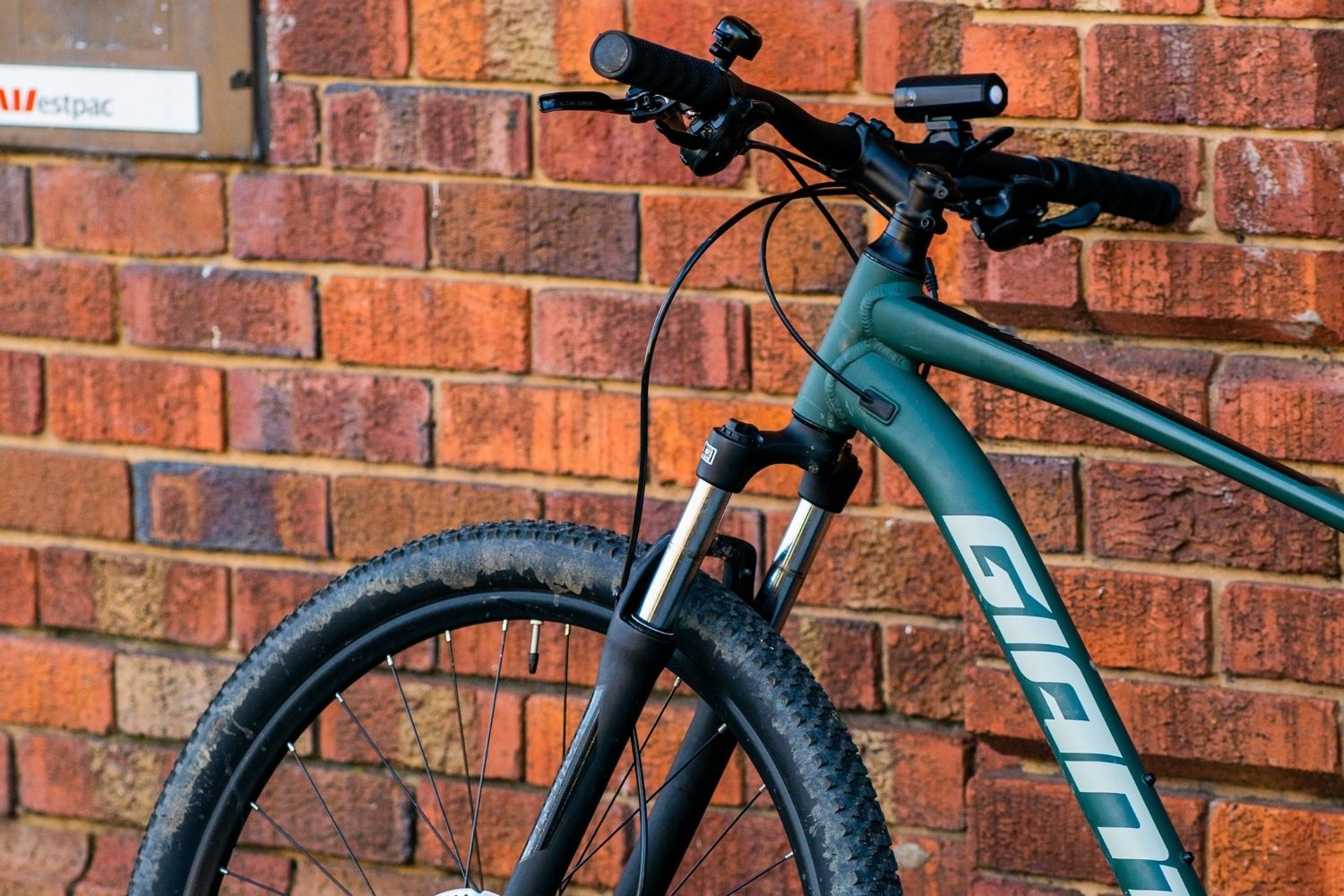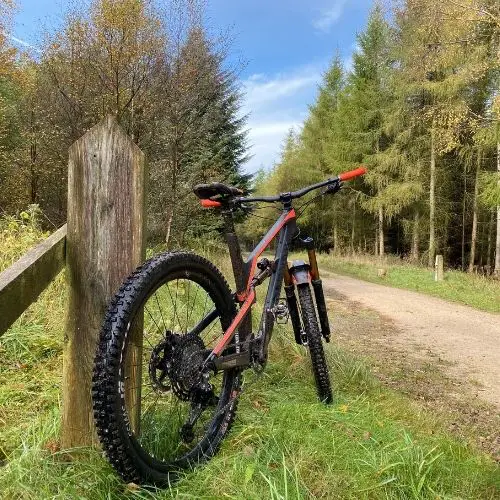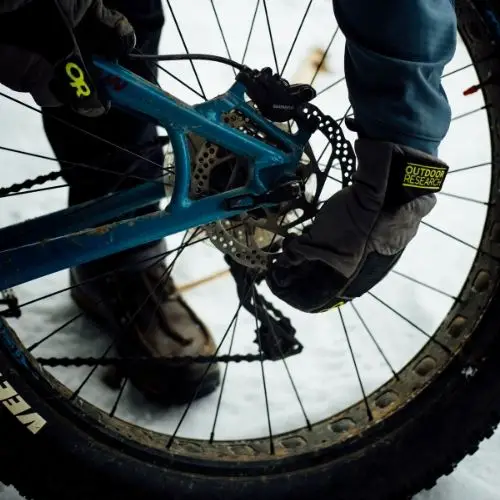Mountain bikes may be ridden on the road, but mountain bikes are less efficient on roads than road bikes. When riding quickly or downhill in traffic, take care as the thick tires don’t have as much grip on smooth asphalt as road bike tires. MTBs are wonderful for a leisurely, easy ride, but that’s not what they were meant for.

Which Bike is Better for Paved Roads?
In this article, I am going to make the assumption that you already own a mountain bike and have the intention of riding it on the road. If you are considering buying a bike and were wondering whether or not a mountain bike would be suitable for riding on the road, you should probably rethink your decision and consider getting a road bike instead.
Consider both the cycling itself and the terrain on which it will take place. Consider purchasing a road bike or maybe a hybrid if you are primarily riding only on paved surfaces since this is the terrain for which these types of bikes were built and are best suited for.
You may also go to a bike store near you and test out a few different bikes on the roads in your area to see which one works best for you.
How Can I Change My Mountain Bike for Improved Riding on the Road?
Both road bikes and mountain bikes (often known as MTBs) were developed to be able to navigate a variety of terrains. The speed and stamina capabilities of a mountain bike and a road cycle are the primary characteristics that set them apart from one another.
Mountain bikes have a greater need for control, balance, and comfort than road bikes, although road bikes are often quicker and have more aerodynamic characteristics.
Wheels and Tires
The tires of a road bike are typically narrow and have a lower gripping strength on various surfaces.
Mountain bikes have tires that are both stable and substantial, and they are designed for use off of paved roads.
Additionally, mountain bike tires contain lugs and operate with a lower air pressure to improve grip and traction, all of which contribute to the increased rolling resistance of mountain bike tires. In addition to this, the tires of a mountain bike have a broader profile in order to provide the rider more traction and control.
The amount of give that exists in your tires for riding on mountain bike trails is not as effective while riding on the road.
If you want to do a significant amount of riding on roads, you should invest in a pair of slick tires with a width of 1.5 inches to utilize for road riding. If you do not have a spare pair, you should bump up the air pressure levels in your tires to between 40 and 50 PSI.
The tires should have a smooth surface and be on the thin side. They also need to have a lower coefficient of drag at the surface. Buy tires of the same size as those on your mountain bike.
Altering the wheelset so that it can support thin rims is another option you have, however doing that can be quite expensive. With this modification, riding your bike will become both simpler and quicker.
Weight and Posture
The components of a mountain bike have, unfortunately, a detrimental effect on the speed of a mountain bike. On the other hand, road bikes come in at a much lower weight. Because of their low weight, road bikes are much simpler to handle while traveling at high speeds.
Both a road bike and a chunky mountain bike need a separate set of posture skills. The rider using a road bike tends to sit in a more forward-leaning posture than the rider of a mountain bike, which increases the road bike rider’s aerodynamic efficiency. Both mountain bikes and road bikes need a distinct kind of pedaling technique.
Gears
The gearing system used in a mountain bike is another extremely crucial component that you may need to modify even if you are working with a limited budget.
The gears on mountain bikes aren’t made for speed; rather, they’re made to handle tremendous amounts of power. You need gears that are able to cruise at a high speed. Invest in gears with a low ratio. Alternatively, you might use a chainring that is smaller than the one you already have.
The result will be a general lightening of the load. Road bike gears that are quick and have larger teeth may also work, but you need to make sure that they are compatible with the gearing system on your bike.
You also have the option of switching out the cassette, which is a procedure that is both simpler and quicker to carry out.
Conclusion
It is not only hard to adapt all of the components of a mountain bike so that it may be used on roads, but doing so can also be time-consuming and costly.
Changing the tires and the gearing system are examples of features that are straightforward to adapt.
If you need a road bike but only have a mountain bike, it may end up being more cost-effective to sell the mountain bike and buy the road bike you need instead of making the necessary investments in tires, wheels, gears, suspension, and other components that are required to convert your mountain bike into a road bike.















